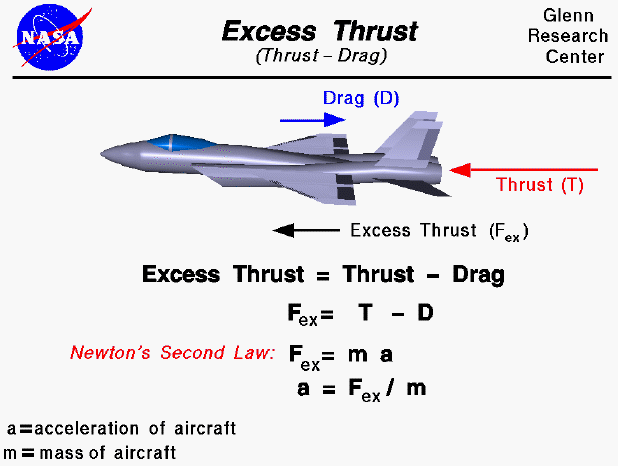Just to clarify, aircraft max speed is a function of a few factors. First, what is the max sustainable speed on the airframe? For instance, the SR-71 and MiG-31 needed specific airframe designs and materials to sustain high speeds without breaking up.
Second, what is the drag of the aircraft? In the MiG-25's case, the aircraft had a very poor T/W ratio, but the low drag of the aircraft allowed it to achieve the rated speeds.
Third, how does the engine/intake combo perform at the given speed? For instance, the F-14 was re-engined over time, but the increased thrust failed to result in higher speeds because the inlets were never modified to provide the higher airflows needed to maintain high thrust at high speeds. What you ended up getting was strong acceleration at lower speeds without an increase in airflow.
The J-20, strictly, needs around 10,000 to 15,000 kgf to go supersonic at altitude, which is only equivalent to 100kn to 150kn of thrust, something AL-31 can do at sea level. But the actual question is, can the AL-31 / WS-10 provide such thrust at speed and altitute? We know that on the Su-27, the AL-31 can't.
So that's why we talk about WS-10C and WS-10D. The engine needs to be designed to have the dry thrust at speed and altitude to take the aircraft supersonic, and maintain sufficient thrust to at least get past 1.3 Mach for it to be a true supercruiser (able to break past supersonic drag spikes as well as have enough dry thrust to exceed the point where normal supersonic drag exceeds that of the Mach 1 spike).

